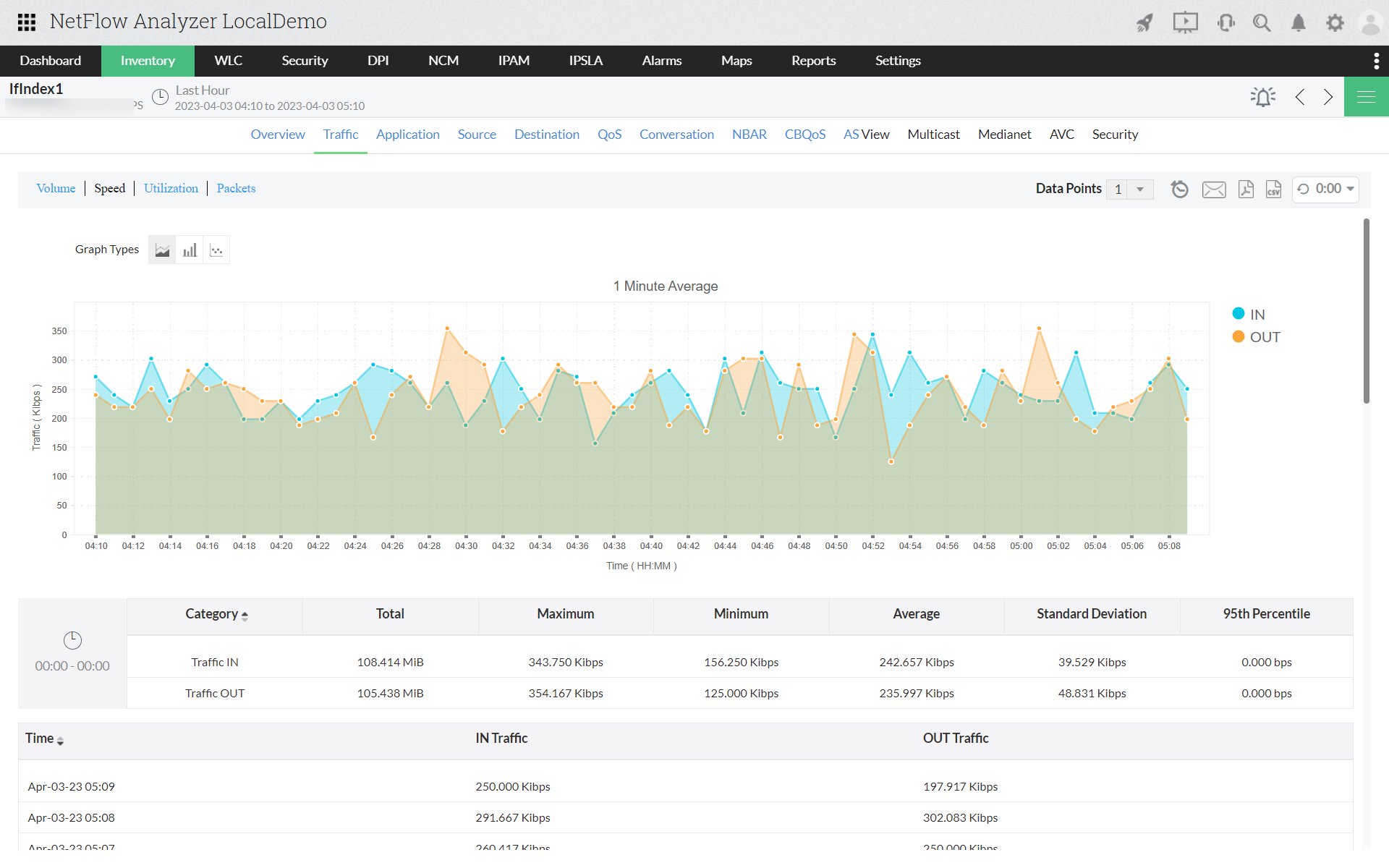Network congestion on any IT infrastructure is a growing concern. Whether for a simple file transfer, or displaying a video conference, an organization's day-to-day IT tasks are entirely dependent on the network's health. A slight data overload in your network might cause sluggish connectivity, poor data quality, and undesirable issues. If not tended to immediately, chances are high that the organization's operations will grind to a halt. To understand the effects of network congestion better, let's dive deep into knowing what exactly it is, and where it comes from.
Network congestion occurs when the network carries or exchanges data beyond its capacity. As a result, the network might experience delays in processing information, or lose packets. Ultimately, the network won't perform to its expectations.
There are a few symptoms that indicate your infrastructure is experiencing network congestion:
High latency: Latency is a measure of the delay for the data packets to travel from its source to a destination. Usually, latency occurs because the network needs to exchange data beyond its bandwidth capacity.
The narrower the bandwidth pipeline, the more congested the data flow will be. Therefore, high latency reduces the bandwidth effectiveness and obviously network congestion.
Jitter: Packets transmitting through a physical distance can take a shorter or longer time to reach the destination. This difference in arrival times is what we call the jitter.
Jitter and congestion go hand-in-hand when the network support device, like a router or a gateway, tries to adjust to the traffic variance. In a VoIP call, for example, jitter is indicated when a video displays choppily or the audio plays slowly, quickly, or intermittently.
Packet Loss: This occurs when data packets are interrupted when trying to reach their destination. When your network can't receive more packets since its capacity has fallen far behind, it will ignore other incoming packets. Packet loss can produce choppy audio or video during VoIP calls, reduced throughput, and more quality degradations.
There are a myriad of aspects in your network infrastructure that can impact your network's stability. Let's look at some reasons network congestion occurs.
Bandwidth capacity: Your network doesn't meet your expectations because of the misuse of bandwidth. For instance, your business has a set of critical applications or devices that might require the most bandwidth. However, a significant amount of bandwidth might also be utilized for video streaming or gaming. Automatically, your resources might get limited for specific purposes, and this could result in performance issues.
Malicious attacks: Corporate networks often witness traffic peaks, and might mistake it to be their typical business interaction or request. In most cases, the unexpected traffic is from malicious websites that intrude into the system to accelerate network downtime. DoS and flash attacks can be disguised as requests, and this additional traffic brings all business processes to a standstill.
Network design: Resulting from not just bandwidth capacity or misconfigured traffic issues, but network congestion might also occur when the network infrastructure is not implemented correctly. This is especially true when the network is divided into subnets or SSIDs. The correct infrastructure is necessary for an efficient network and data transmission. Every business has different requirements, and network designs must be accomplished to ensure it is easy for service monitoring and troubleshooting.
Fixing network congestion is not rocket science. Once the root cause is identified, you can reduce your network's inefficiency. Here are some network congestion solutions that will keep your network optimized.
→ Monitoring your network traffic regularly can help you gain insights on how every device and interface in your network is performing. With a network congestion management tool, such as ManageEngine NetFlow Analyzer, you can monitor network congestion, drill down to application level traffic and view traffic patterns. You can see the bandwidth utilization and the underlying troubles.

→ Prioritizing network traffic significantly lowers the risks of experiencing slow internet speeds. As a network admin, when you use a network congestion tool like NetFlow Analyzer, you will know which applications consume most network bandwidth as opposed to prioritized applications traffic in real time.

By applying QoS policies to your network, you can classify business-critical real time applications, and make sure that those applications receive maximum bandwidth. This way, you are assured that critical apps receive enough bandwidth, and your network downtime is lowered significantly.
→ Improving bandwidth can play an important role in the way your network handles data. A wider bandwidth can help smooth the transfer of data. Additionally, increasing bandwidth might help the network handle many routers simultaneously. Ultimately, there will only be fewer interruptions, and a faster connection.
ManageEngine's NetFlow Analyzer is a holistic network congestion software that gives you real-time insights into your network traffic's performance. Using this network congestion monitoring tool, you can reduce congestion in network or manage any network traffic-related challenges proactively with comprehensive monitoring of all applications and protocols of your network.